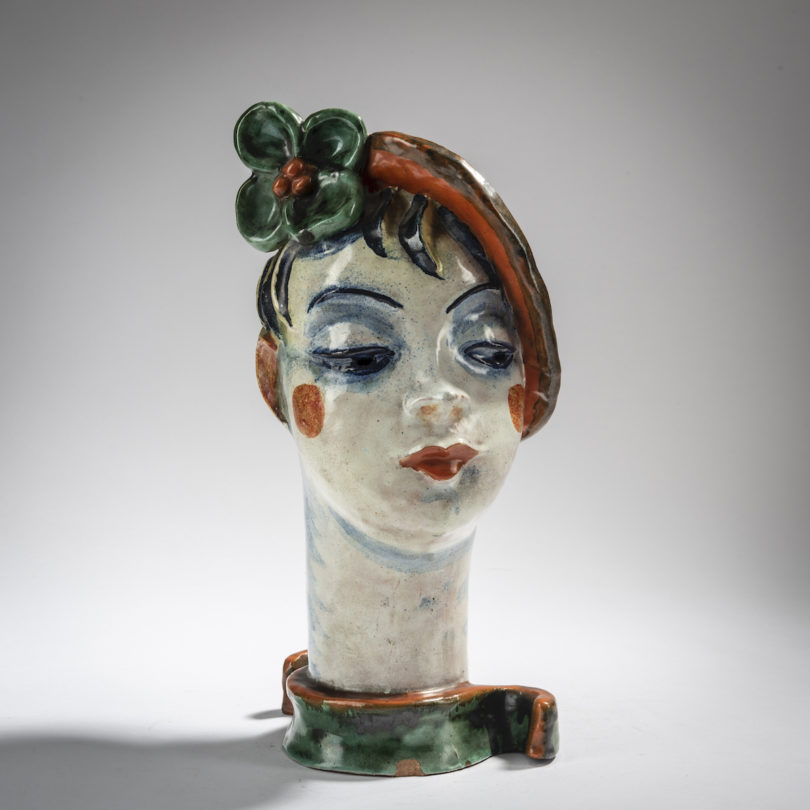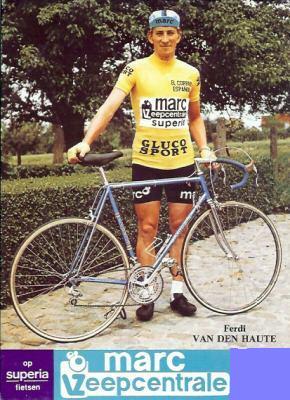

This was just one instance of the amazing cooperation of the 20 different jurisdictions through which the race passed.” Having seen first-time stage races experience road-closure problems in Britain and Europe, I was impressed enough with the first-class road conditions, particularly on the opening stage, to write in Cycling: “The Norfolk-Portsmouth tunnel was completely closed to other traffic for the first time in its history to allow the race to pass through. Times sportswriter George Vecsey wrote: “For to appear in America for a $100,000 race over three days had touches of the first American baseball team visiting Japan and the first flight of the Beatles to appear on ‘The Ed Sullivan Show’ …” Reporters from the Washington Post and New York Times covered the race. Wherever the money came from to put on the three-day, four-day race, it was well received by the American media. Mainly because it supplied all the team and official vehicles for the race. When the Tour of America was first announced in November 1982, the title sponsor was said to be the French bicycle industry consortium, Cycles France, whereas French auto manufacturer Peugeot - then a significant player in the North American market - was eventually announced as the lead sponsor.

FERDI VAN DEN HAUTE CLASSIC PRO
In the end, 55 European-based professionals took part in the race along with 20 riders on North American squads: national amateur teams from Canada and the United States, a USPRO national team and a 7-Eleven pro team (headed by Canadian Ron Hayman and Belgian Noël Dejonckheere). Tour boss Félix Lévitan was the technical adviser and his deputy in France, Richard Marillier, was the race director here. The event was promoted by New York-based World Tour Cycling, in cooperation with the Société du Tour de France. Many of the world’s top pros were slated to appear at the April 1983 Tour of America, including multi-Tour de France champion Bernard Hinault (who was eventually the official starter before flying home to compete in Paris-Roubaix the same weekend).
FERDI VAN DEN HAUTE CLASSIC PROFESSIONAL
The interest was so high in this “historic sporting event” because America was being talked about as the new frontier of pro cycling, and this was the first major professional stage race in North America since Canada’s defunct Tour de la Nouvelle-France was held in 1971 and ’72 (both won by Belgian pro Guido Reybrouck). I even obtained the go-ahead to do a live radio broadcast from the race for the BBC World Service. Both publications were interested in my covering the first Tour of America, while I also reported the race for my magazine’s sister weekly, Cycling.

Both events announced $100,000 purses - which was a big deal when the total prize list of that year’s Tour de France was only $245,000.Īt the time, I was the editor of a British magazine Cyclist Monthly and the cycling correspondent for The Times of London. The first championship race, held with limited success in June 1982 at Baltimore, Maryland, was due to be repeated 12 months later, while the ambitiously titled stage race was set to debut in mid-April that same year on a route between Virginia Beach and Washington, DC. Professional Racing Organization were the USPRO Criterium Championship and the Tour of America. When American professional road cycling was in its formative years in the early 1980s (see “ Inside Cycling,” February 3, 2006), two of the first events to be sanctioned by the U.S.


 0 kommentar(er)
0 kommentar(er)
